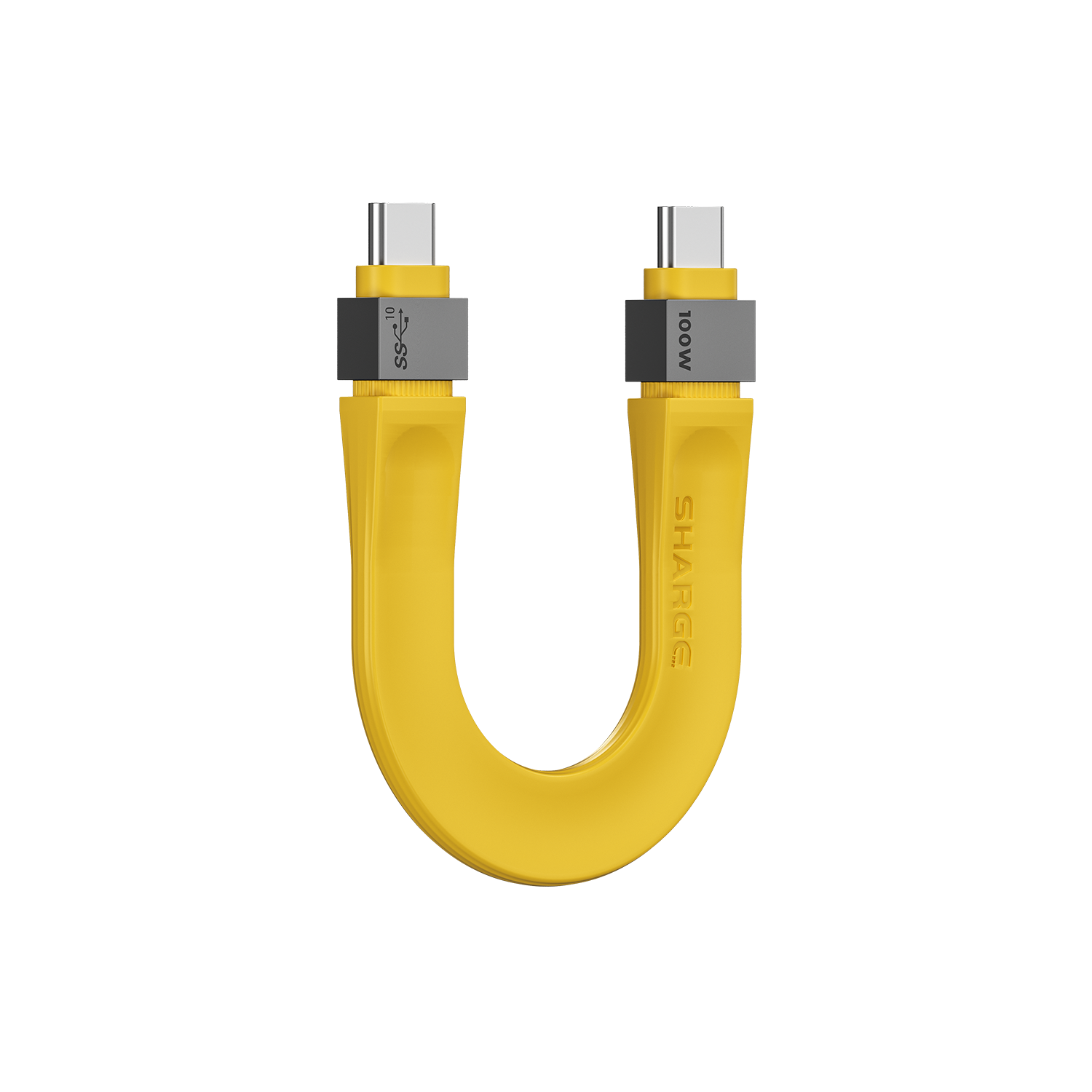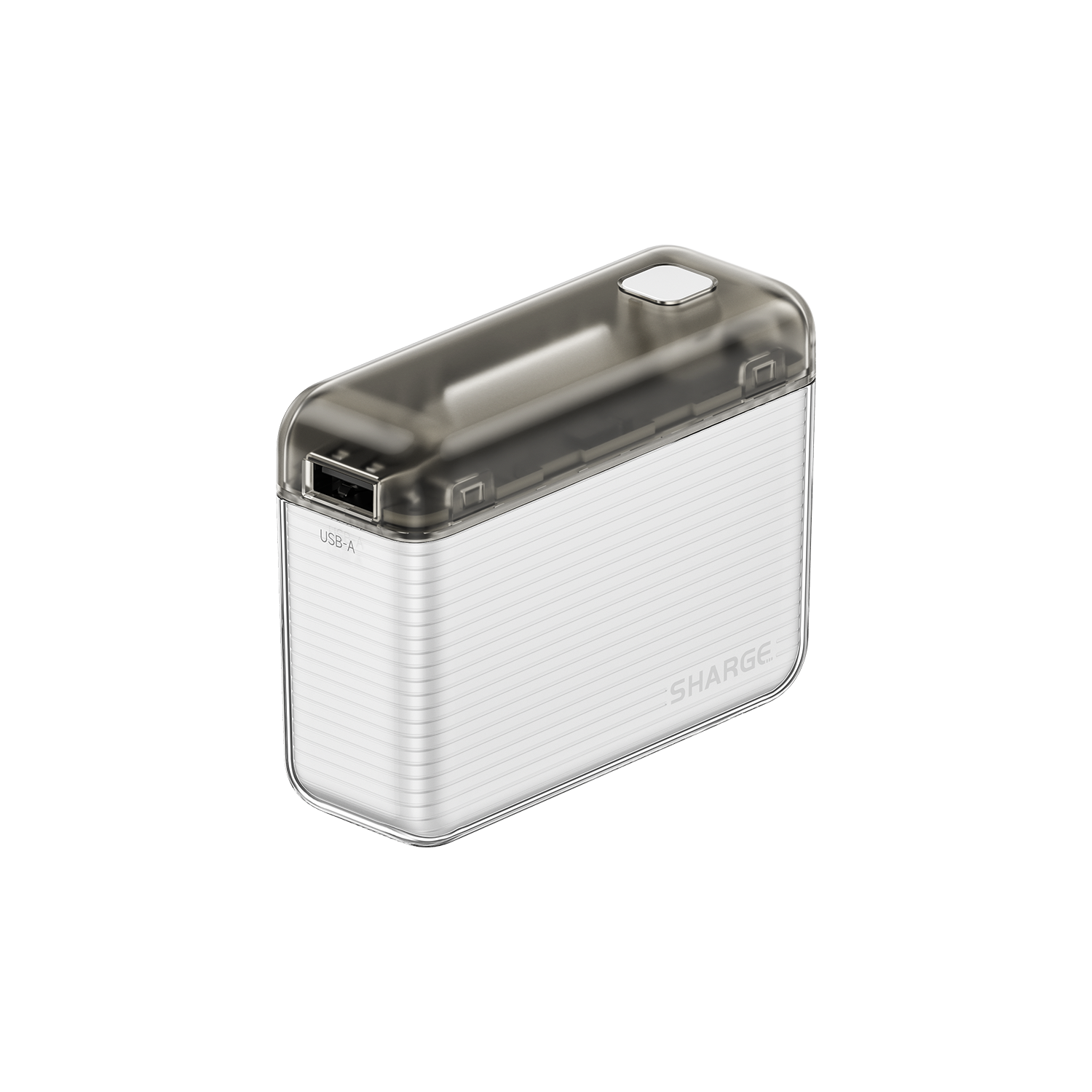炭素繊維とは何ですか?
カーボンファイバーは、炭素原子の細い糸から作られた軽量で高強度の素材です。これらのストランドを織り合わせて、信じられないほど強いだけでなく、驚くほど軽量な生地を形成します。このユニークな組み合わせにより、カーボンファイバーは航空宇宙から自動車、さらには日常の必需品に至るまで、さまざまな用途に理想的な選択肢となります。
比類のない強度と耐久性
カーボンファイバーの際立った特徴の 1 つは、その卓越した強度対重量比です。鋼鉄の5倍の強度を持ちながら大幅に軽量なため、弾力性と携帯性の両方を必要とする製品に最適です。 SHARGE カーボンファイバー シリーズは、洗練された外観を維持しながら、日常の過酷な使用に耐えられるように設計されています。
洗練されたモダンな美しさ
カーボンファイバーはその印象的なパフォーマンスに加えて、モダンでスタイリッシュな外観を提供します。独特の織り模様と深い黒色が当社の製品に現代的なエッジを与え、形状と機能の両方を好む人にアピールします。オフィスでも、ジムでも、外出先でも、当社のカーボンファイバー シリーズはあなたのスタイルをワンランクアップさせます。
環境に優しいイノベーション
SHARGE では、持続可能性に取り組んでいます。カーボンファイバーは耐久性があるだけでなく、多くの従来の素材よりも寿命が長いため、頻繁に交換する必要が少なくなります。当社のカーボンファイバー シリーズを選択することは、あなたと環境の両方に利益をもたらす選択をしていることになります。
カーボンファイバーは、その優れた特性と多用途性により、現代の製造において最も革新的な素材の 1 つとして浮上しています。高強度と軽量という独自の組み合わせにより、カーボンファイバーはさまざまな産業、特に自動車、自転車、ドローン技術に変革をもたらしています。このブログでは、この先進的な素材がこれらの分野にどのように大きな影響を与えているか、そして持続可能なデザインの促進におけるその役割について探っていきます。

自動車用途
自動車産業において、カーボンファイバーは高性能車の開発において重要な役割を果たしています。ランボルギーニやフェラーリなどの象徴的なブランドは、デザインにカーボンファイバーを使用する利点を長年認識してきました。この材料の軽量な性質は車両重量の軽減に貢献し、その結果加速性、ハンドリング、燃費が向上します。たとえば、ランボルギーニ アヴェンタドールは、構造の完全性を提供するだけでなく、レーストラックでのパフォーマンスの向上を可能にするカーボンファイバー モノコック シャーシを備えています。
スーパーカー以外にも、多くのメーカーが効率を向上させるために主流の車両にカーボンファイバーを採用しています。炭素繊維コンポーネントを統合することで、自動車メーカーは安全性や耐久性を損なうことなく重量を削減できます。この変化は電気自動車の時代において極めて重要であり、キログラムの節約が航続距離の延長と全体的なパフォーマンスの向上につながります。

サイクリングのイノベーション
自転車業界もカーボンファイバー革命を経験しています。 Specialized や Trek Bikes などの大手ブランドは、この先進的な素材を活用して、より軽く、より強く、より空気力学的に優れた自転車を作成しています。カーボンファイバーフレームにより、サイクリストはレースでも、のんびりライドを楽しんでも、最適なパフォーマンスを実現できます。
サイクリングにおけるカーボンファイバーの顕著な特徴の 1 つは、振動を減衰する能力です。この特性により、ロングライド時の快適性が向上するだけでなく、コントロール性と安定性も向上します。サイクリストが高性能の装備を求めるようになるにつれ、カーボンファイバーは本格的な愛好家やプロのアスリートにとっても同様に選ばれる素材となっています。
さらに、サイクリングにおけるカーボンファイバーの使用は、持続可能性へのトレンドと一致しています。メーカーは、廃棄物とエネルギー消費を削減する革新的な設計と生産技術を模索しています。持続可能な実践を優先することで、自転車業界は他の業界が従うべき模範を示しています。

ドローン技術
ドローンの分野では、炭素繊維は商業用途と娯楽用途の両方で標準になりつつあります。 DJI のような企業はこのトレンドの最前線に立っており、カーボンファイバーを利用して軽量かつ耐久性のあるドローンを製造しています。この素材の強度により、敏捷性を損なうことなく積載量を増やすことができ、航空写真から測量、捜索救助活動まで、さまざまな用途に最適です。
カーボンファイバーの利点はパフォーマンスを超えて広がります。ドローンの長寿命化にも貢献します。カーボンファイバーコンポーネントは腐食や摩耗に強いため、過酷な環境に耐えることができ、長期にわたって高い信頼性を提供します。ドローン市場が成長し続けるにつれ、競争力を維持するにはカーボンファイバーなどの高品質素材に重点を置くことが不可欠になります。

持続可能性への取り組み
カーボンファイバーはそのパフォーマンス上の利点で知られていますが、環境への影響を考慮することが重要です。炭素繊維の生産は伝統的にエネルギーを大量に消費します。しかし、製造技術の進歩により、より持続可能な実践への道が開かれています。
多くの企業が炭素繊維をリサイクルし、新しい製品に再利用し、廃棄物を最小限に抑える方法を模索しています。持続可能性が製品設計の中心テーマになるにつれ、サイクリング、自動車、ドローン業界は、パフォーマンスと環境責任の両方を優先する方法でカーボンファイバーを統合することに取り組んでいます。
結論として、カーボンファイバーは、自動車、自転車、ドローン技術の状況を再構築する注目すべき素材です。その比類のない強度対重量比は、持続可能な設計慣行に沿ってパフォーマンスを向上させるイノベーションへの扉を開きます。私たちがカーボンファイバーの可能性を探求し続けるにつれ、この素材が高性能アプリケーションの将来を推進する上で極めて重要な役割を果たし、効率性と持続可能性の追求において不可欠な要素となることは明らかです。
カーボンファイバーはその優れた強度対重量比で業界に革命をもたらしており、高性能用途にとって究極の選択肢となっています。その軽量性により、航空宇宙および自動車分野での燃料効率が向上すると同時に、スポーツ用品や消費者製品での耐久性が向上します。さらに、カーボンファイバーの多用途性により、可能性の限界を押し上げる革新的なデザインが可能になります。
持続可能性の点では、新しい方法により環境への影響が軽減され、炭素繊維の生産は進歩しました。炭素繊維の再利用を可能にし、廃棄物を最小限に抑えるリサイクルへの取り組みも始まっています。私たちがその可能性を深く掘り下げると、炭素繊維は最先端の技術を体現するだけでなく、持続可能な実践に焦点を当てた未来とも一致します。この素材を採用することは、多くの業界にとって大きな変革となり、よりスマートで環境に優しい明日への道を切り開く可能性があります。




エキサイティングなニュース: SHARGE が iPhone 16 に対応!
Qi2 ワイヤレス充電: コードレス電源の未来
1 コメント
Is it real forged carbon fibre, or is it a finish designed to look like forged carbon fibre?